- Home
- Spray Foam Insulation
Spray Foam Insulation
Spray foam insulation is one of those things that many surveyors and other professionals either love or hate. And I have to admit that I was one of the haters. I'm still not a big fan but I can see it's advantages in certain areas.
Is Spray Foam insulation Eco-Friendly?
The mainstream spray foams are anything but eco-friendly as they're just a chemical cocktail. But to be fair all the manmade mainstream insulations are the same.
The reason we don't think about it so much is that when we buy a sheet of pre-made insulation it’s just that, pre-made, we don’t get to see the production process as it’s done in a factory.
Spray foam on the other hand is manufactured on site, within your home, so you get to see the manufacturing process, to an extent.
It is possible to get “green” or “eco” spray foams that use soy or vegetable oil. But they still mostly contain petroleum products, so while they will make your home perform in a “green” way the product itself isn’t very green at all (but as mentioned above none of the chemical based insulations are).
If you’re looking for truly green insulations you’ll need to consider things like denim insulation, sheep’s wool or Jute etc.
The main types of spray foam Insulation:
- Open cell foam – this type is very light (often referred to as half pound foam) and can be torn apart quite easily with your fingers. The open cells allow water vapour to pass through into its structure where it can form interstitial condensation and wet the insulation.
- Closed cell foam – this is much denser than the open cell insulation above and is often referred to as two pound foam. It’s not easy to tear pieces off and it forms a much thicker and harder skin than the open cell foam.
Closed cell is more expensive, but it performs much better (i.e. it has a lower u-value) and is vapour resistant meaning you can apparently get away without a vapour barrier.
Spray Foam Insulation Advantages:
- Airtight – provided it’s installed correctly it should provide you with an airtight seal to stop draughts coming into your home.
- No joints – as it’s sprayed directly onto the fabric of your home there are no gaps or joints in the insulation which would allow cold or water vapour to penetrate.
- Flexible use – as it’s a foam it can be installed in unusual locations such as curved spaces or tight nooks and crannies etc.
- Speed of install – when installed by experienced fitters, spray foam insulation can be installed quickly.
Spray Foam Disadvantages:
- Cost - Closed cell spray foam is more expensive than open cell foam as the foam is much denser. This also means that it doesn’t go as far and so more chemicals are used. Foams are also more expensive than the traditional insulation materials (but they also perform better, when installed correctly).
- Off Gassing - The chemicals involved in the production of the spray foam will off gas within your property releasing volatile organic compounds (VOCs) and these are pretty nasty. When created in a factory the rigid sheets are mixed and created in a controlled environment and to an exact thickness so the chemical reaction is controlled. Whereas if mixed on site and sprayed in varying thicknesses I just can't see how that reaction can be controlled and this is the biggest reason why I'm not a fan.
- Wrong type (open cell or closed cell) – closed cell foam insulation is preferable in the UK as it doesn't require a vapour barrier and it provides higher levels of thermal efficiency.
Open cell foams can be used but they will need to be applied thicker as they have a lower R-value (not as thermally efficient). Open cell foams will also need a good vapour barrier fitted to the warm side of the insulation in order to prevent water vapour penetrating the insulation. - Foam dries and pulls away from structure – If installed incorrectly the foam can crack or shrink and pull away from the surrounding material. If this happens the thermal efficiency will be significantly reduced and the foam should be removed (very difficult even if if access is possible and virtually impossible if access is restricted) and replaced.
- Areas missed – for obvious reasons if areas are missed the thermal efficiency will be reduced.
- Difficult to remove – if something goes wrong and it has to be removed it is EXTREMELY difficult and labour intensive to remove.
- Mortgage Companies - some mortgage companies don't like it, so it might be an idea to run it by yours before you install it. Even if they're ok with it, will the mortgage company your buyer uses be ok with it if you decide to sell your house in the future?
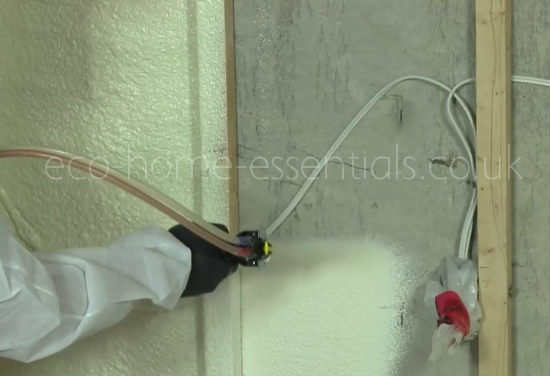
Comparable insulation values:
The R-values (per inch) of the various insulations can be seen below (this is a rough guide as different manufacturers will have different values).
- Phenolic Board = c. 8.3
- Foil backed PIR (polyisocyanurate) board = c. 7.2
- Closed cell polyurethane spray foam insulation = c. 6.8
- Water blown closed cell spray foam = c. 5.0
- XEPS also referred to as XPS (extruded polystyrene) = c. 4.8
- EPS (expanded polystyrene) = c. 3.8
- Open cell spray foam = c. 3.5
- Loose fill cellulose = c. 3.5
- Mineral wool = c. 3.1
- EPS beads (expanded polystyrene) = c. 2.3
NB. For more specific R-values click here .
Caution:
If you do decide to go down the spray foam insulation route make sure you…
- Use a certified installer.
- Get a removal guarantee (just in case things go wrong).
- Don’t stay in the house while it’s being sprayed and stay out of the house for at least 24 hours while the chemicals in the foam stabilise.
Spray foam great insulating properties and is relatively easy to get into difficult to reach areas where traditional insulation simply wouldn’t work or would be very difficult to make work. So provided you’re happy with the chemicals involved and the downsides listed above then it might work for you.
Traditional Spray Foam Alternatives:
- Water blown spray foam - you could consider water blown spray foam which claims to use less chemicals and therefore less risk from leaking VOC’s (volatile organic compounds).
Although the r-values for water blown spray foams are lower than the polyurethane types due to their open cell structure. - Soy based spray foam – as with water based foams they use less chemicals and are open celled so they won’t perform as well as the closed cell, much denser, polyurethane foams.
DIY Spray Foam Insulation:
There are DIY spray kits available and if you decide to get one make sure the supplier offers training on how to install it correctly and safely. Make sure you wear all the appropriate safety gear such as respirator, boiler suit, gloves etc.
If buying a DIY spray insulation kit ask what the r-value is for their product before you purchase it.
The chemicals given off during installation are dangerous so if the supplier doesn’t provide sufficient training and safety advice, go elsewhere or get a professional to install it.
Still not convinced? Check out a few of the alternatives like rigid insulation, cavity fill, denim insulation or have a look at my main insulation page.
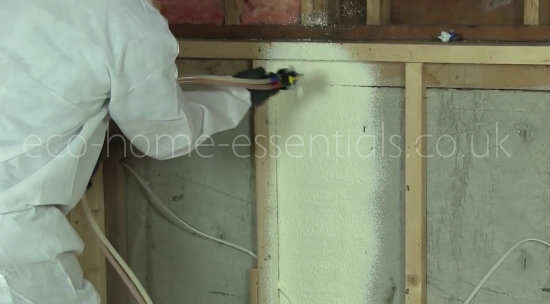
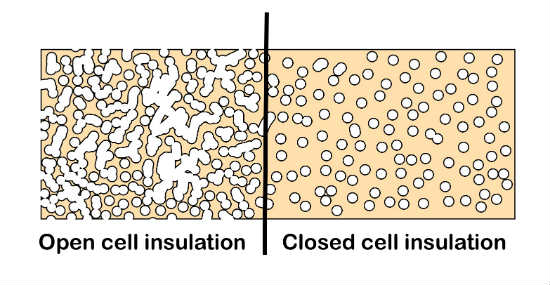
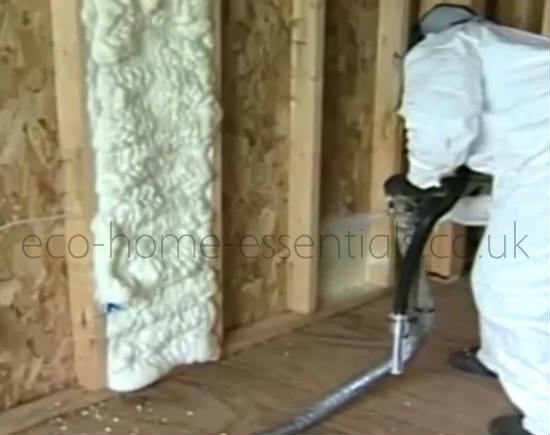
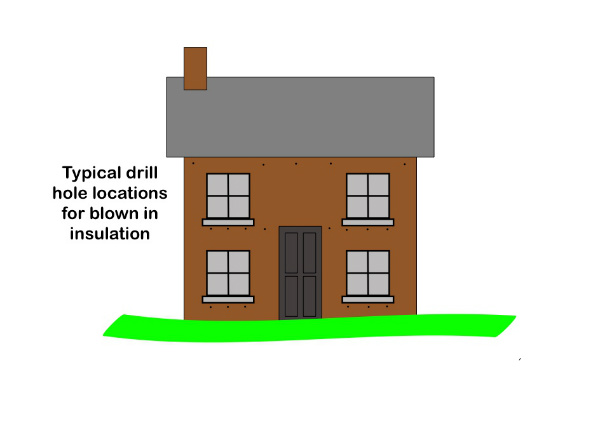
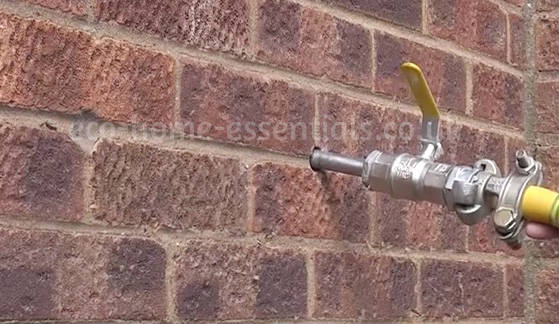
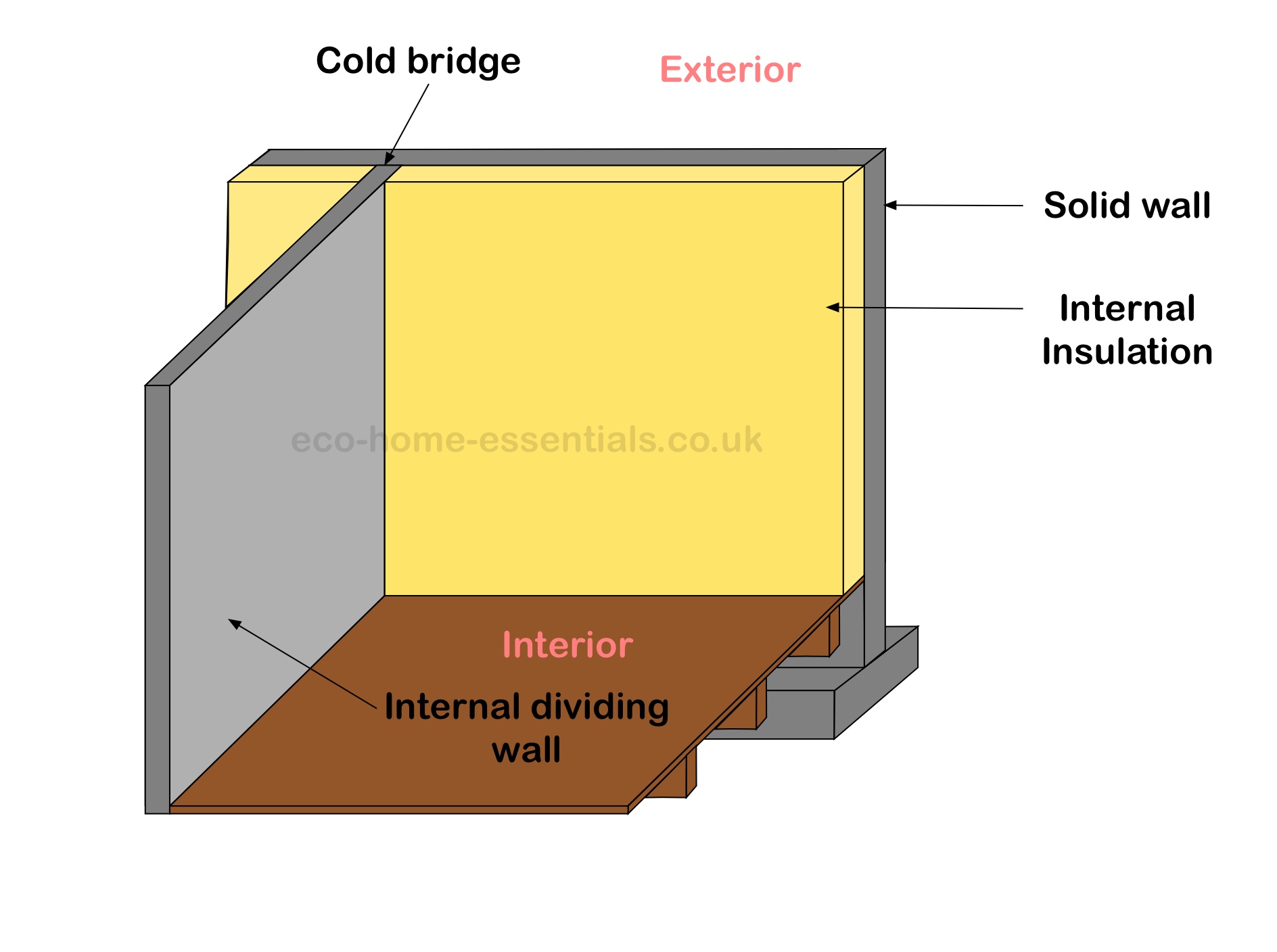

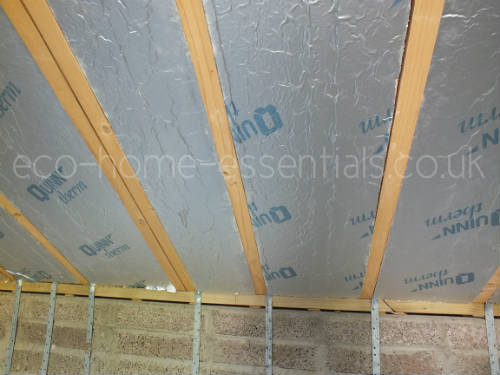

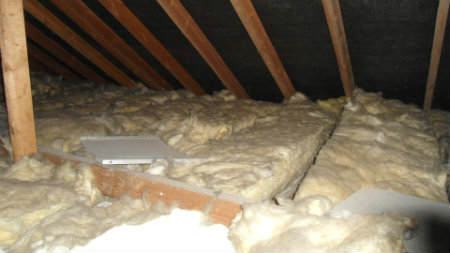
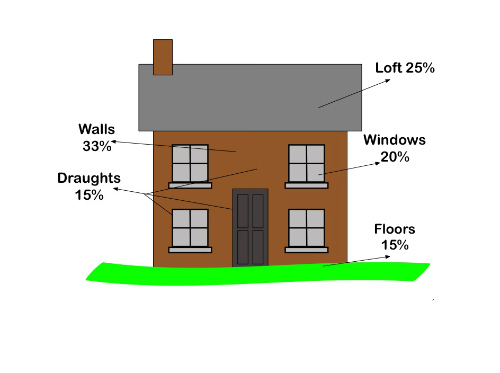
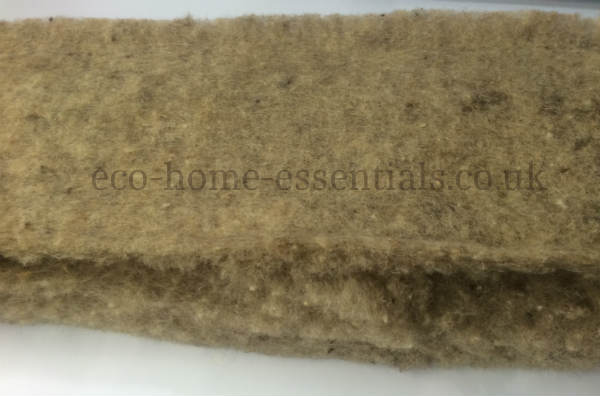
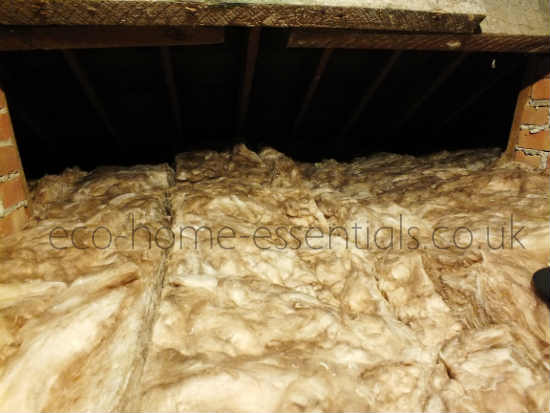
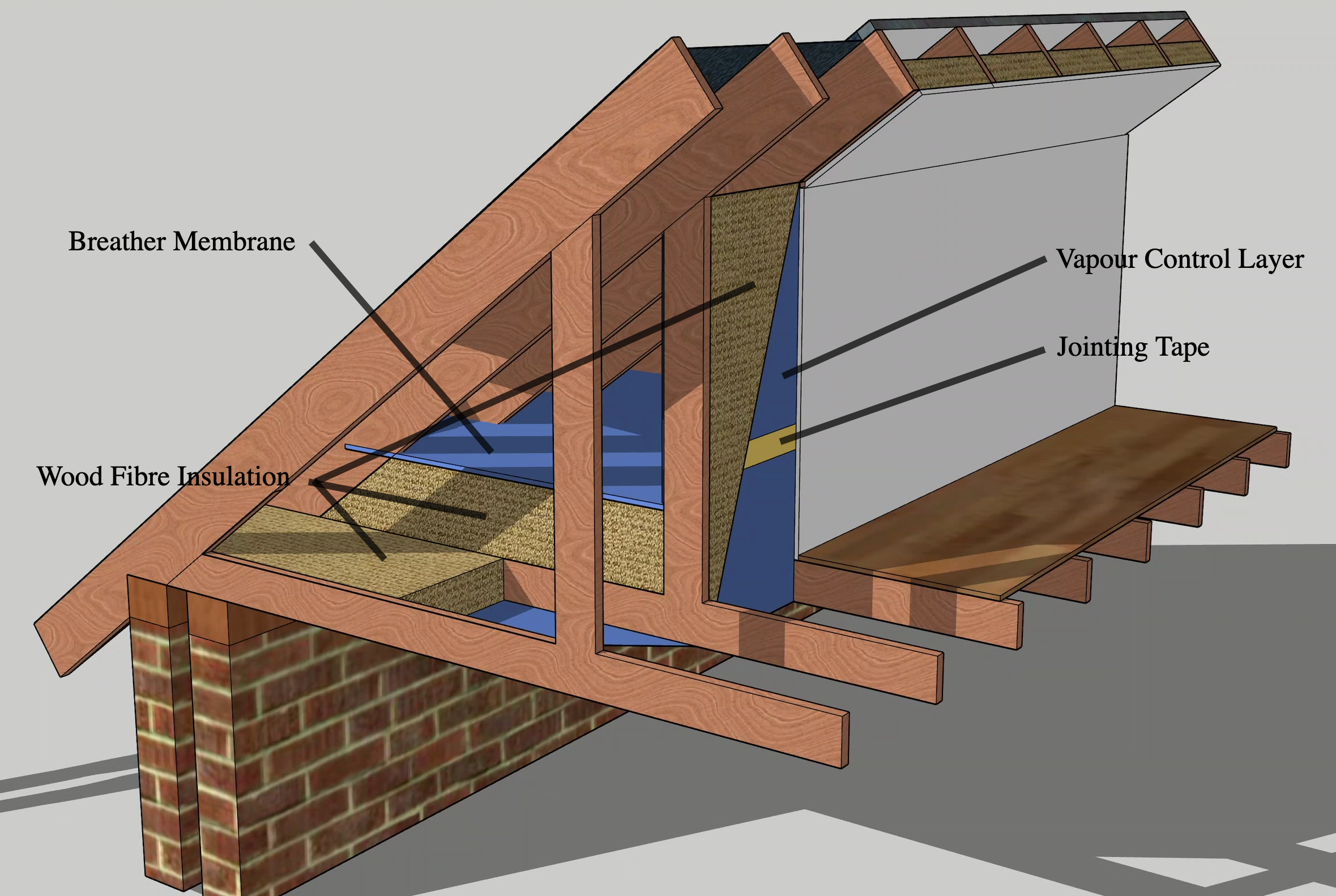
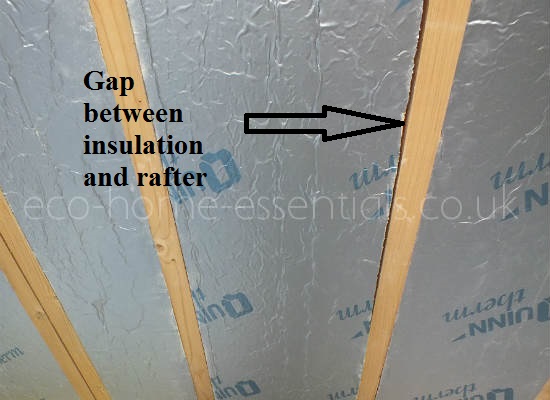
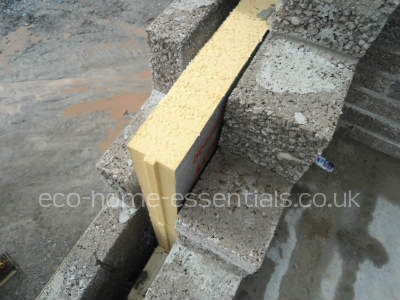
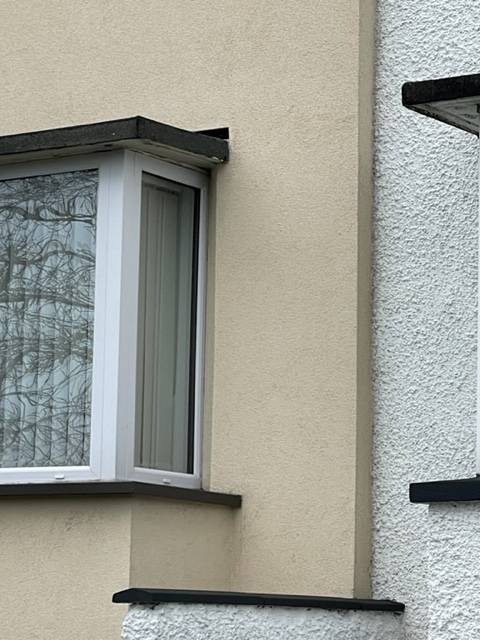
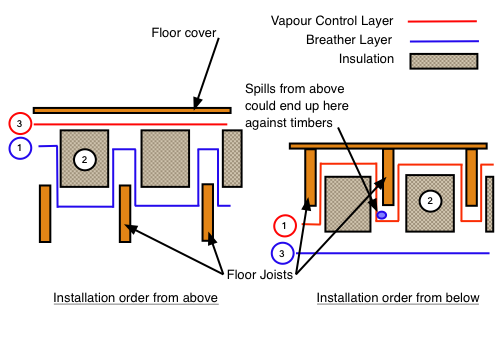
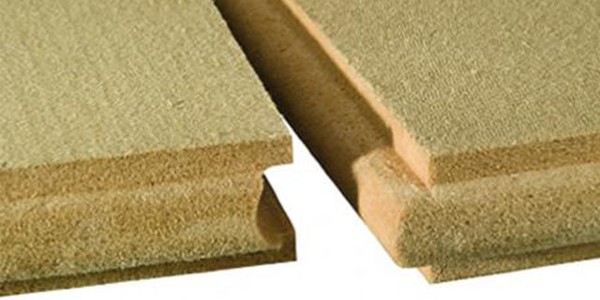
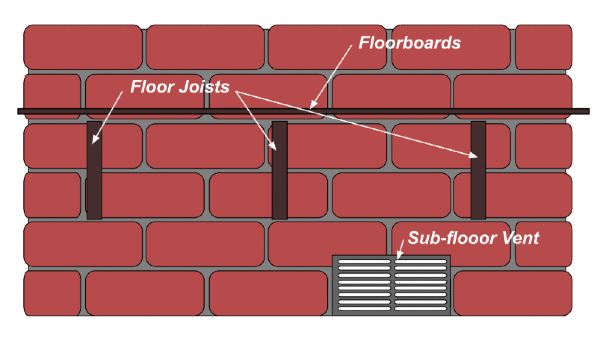
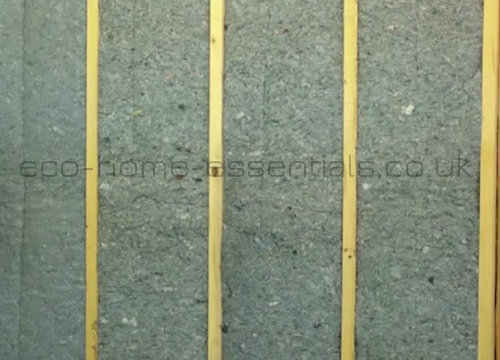






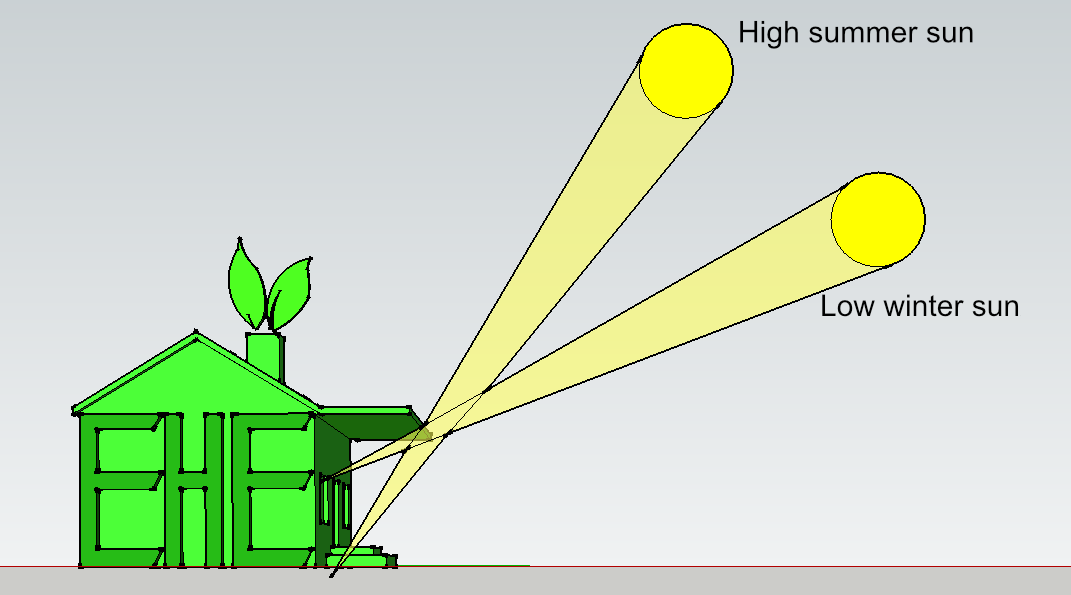
New! Comments
Have your say about what you just read! Leave me a comment in the box below.